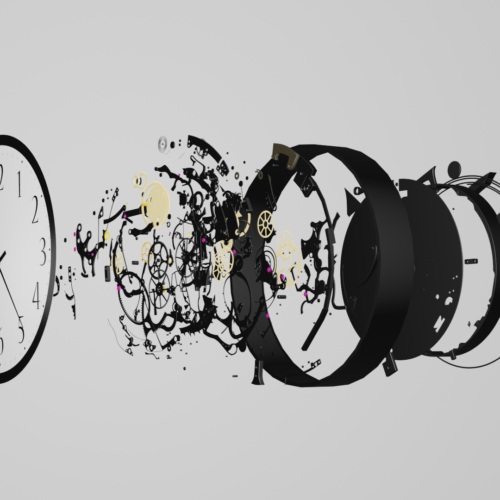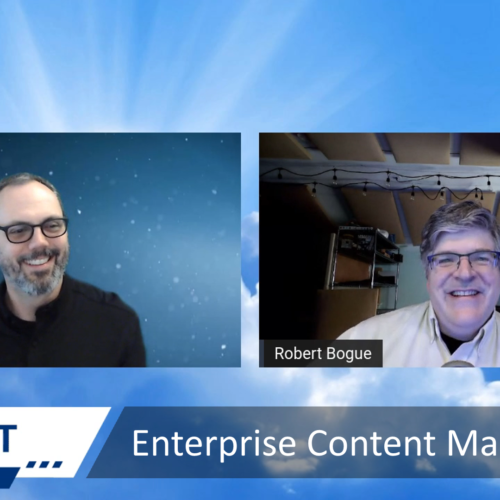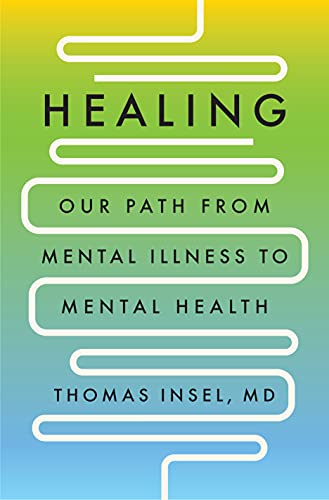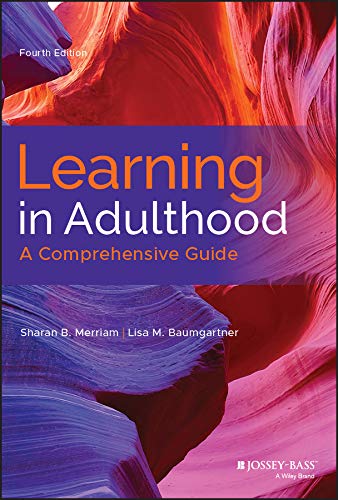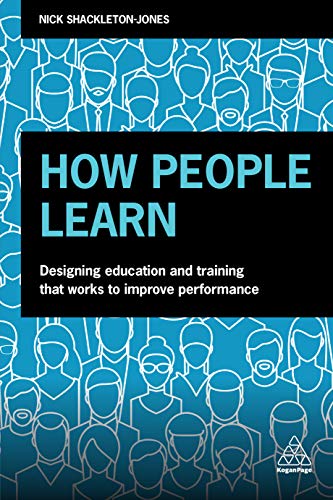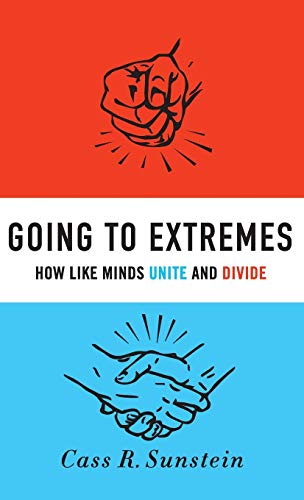Robert Bogue
January 16, 2023
No Comments
Recovery is more than the abatement of symptoms. Recovery from mental illness returns us to a place where we can have a full and meaningful life. That’s what Healing: Our Path from Mental Illness to Mental Health is about. It’s changing our definitions of what is – and isn’t – okay, and what it does and doesn’t mean to have mental fitness. It’s going to take a lot of work to change our way of thinking of mental health. Robert Pearl shares in Uncaring and Mistreated how messed up our medical healthcare system is. Mental health in America is generally regarded as worse – substantially worse.
Two Kinds of Families
There are, they say, two kinds of families in America. There are families who have already experienced mental illness, and those who will. There’s no escaping mental illness more than one degree of separation from you. It’s too prevalent. There is too much suffering to go around.
The truth is that most of our medical problems are actually the outcomes of poor mental health – as was shared in Change or Die. If we just modify a few behaviors, we get much better health outcomes. Less smoking, drinking, eating, and stress coupled with more exercise might stop 80% of our healthcare costs. Not that we know how to do these things – but they draw the connection between our mental health and our medical tragedies.
We may not diagnose the mental health issues any more than we diagnose not enough exercise, but that doesn’t make the reality change. The fact of the matter is that mental health issues are the largest category of disability recognized for disability support in the US – and yet we’re doing very little to resolve it.
Said differently, about 5% of adults meet criteria for a serious mental illness – as do about 6% of youth. Sitting in a room with 20 people, one is likely to have a mental health concern that could be diagnosed as a mental health illness. It’s everywhere, and we pretend that it’s not.
Murder and Suicide
There are a lot of deaths related to serious mental illness. Many people are concerned that the people who are struggling with mental illness may become harmful to others or even commit murder. While this does happen, a much greater concern is the elevated risk of suicide for those with a diagnosed mental illness. It has been said that as much as 90% of suicides could have been diagnosed with a mental illness. I disagree with this – unless you include non-serious mental illnesses. The number of people who have been prescribed selective serotonin reuptake inhibitors (SSRIs) is startling – and scary.
Blame Where There Should Be None
It used to be that we blamed mental illness on poor families either from the experiences that they inflict on their children or genetics. (See No Two Alike for more.) Today, we recognize that mental illness doesn’t have a cause in bad people. It’s a tragic but somewhat random outcome of life. There are some things that we know will lead to complications, tracing all the way back to prenatal stress (fetal onset of adult disease, or FOAD) and adverse childhood experiences (ACE). (See Why Zebras Don’t Get Ulcers for more on FOAD and How Children Succeed for ACE.) These complications aren’t caused by the person themselves or even their families. They’re just a tragedy of life.
Rose Kennedy
One could easily believe that Rose Kennedy’s deepest heartbreak would be the assassination of two of her sons. However, she said, “deeply hurt by what happened to my boys, but I feel more heartbroken by what happened to Rosemary.” Rosemary was mentally challenged from birth, but it was a botched lobotomy that sent her to a care facility. Before then, Rose Kennedy supported Rosemary in their home. It’s no wonder that John F. Kennedy was concerned about mental illness and mental health. His 1963 special message to Congress was the last time a U.S. President focused so extensively and exclusively on mental health care. The Community Mental Health Act that it spawned was the last bill that he signed before his assassination.
The act had the effect of breaking up state-run hospitals with the intention of redirecting those with mental illness towards community mental health centers. However, by and large, these community-based resources never materialized, and many with serious mental illness found themselves thrown out on the streets.
Save Me, San Francisco
The band Train released an album and title song, Save Me, San Francisco, in 2009. The band, from San Francisco, recounts their journeys and desire to return to their home. However, not everything in San Francisco is so rosy. During my many visits to San Francisco, I realized that whatever I thought I knew about a homeless problem paled in comparison to the challenges the city was facing. The truth is that homelessness as a problem didn’t really exist prior to the 1970s – as the state-run mental health institutions were being dismantled.
People who had adapted to a life of institutionalization were thrown on the streets – unemployed, destitute, and homeless. They were completely unskilled for the world that they would have to navigate, and the resulting homelessness showed it.
Step Back
While Carter tried to resolve the problems by signing the Mental Health Systems Act in 1980, it was too little, too late. He’d be out of office soon, and Ronald Reagan immediately slashed federal spending – starting with the framework established by Carter. More than that, he removed the first mental health team at the White House – the team that Carter had built.
The disaster inflicted on mental health wasn’t just contained to Ronald. Nancy Reagan’s disastrous public campaign, “Just Say No to Drugs,” had laughable and negative outcomes. (See The Globalization of Addiction and Dreamland for more.) What’s the connection, you might ask? The answer lies in the fact that substance use disorder – drug addiction – is a solution as well as a problem. It’s a solution to numb some sort of emotional pain. That emotional pain is the lack of mental wellness.
Growing up in the era of Regan and listening to his impassioned speeches, I can still respect him and accept that both Ronald and Nancy completely missed it on this one. (See Great Speeches for Better Speaking for an example of Reagan’s address after the Challenger Disaster as an example.)
A Stitch in Time…
…saves nine. The problem is that the mental health care system we have – if you’re willing to be generous and call it a “system” – isn’t geared towards prevention or health. It’s a system for dealing with crisis. It’s a catch system designed to contain the mess after the train is already off the rails. In most cases, the system can’t restore a person to health. The best it can do is keep the person from escalating. That’s in part why we have an epidemic of prescription psychoactive drugs. In Warning: Psychiatry Can Be Hazardous to Your Mental Health, there’s solid push-back on deploying medications – including SSRIs – like they’re from a PEZ dispenser. Please don’t misunderstand. SSRIs and other psychoactive drugs are a necessary part of the care continuum – but they’re overused, and the related work to remove their necessity is rarely done. We leave people on medications that have long-term implications, and no one seems to be noticing.
We’re starting to see the emergence of proactive programs for socio-emotional learning (SEL) – but the programs are challenging at best. As they’re new, there’s no research supporting their efficacy. However, more critically, many of these programs don’t use best practices for teaching. (See Efficiency in Learning for some hints.)
Involuntary Commitment
Many people who seek help find themselves caught in a system that doesn’t work. They voluntarily go to seek help and find that the providers they contact are too afraid for their safety – or the safety of others – and they involuntarily put in an evaluation hold. They start with their freedom – and they can’t leave, because they can’t have it. It’s a part of a problem that we’re facing where those with mental health issues are held in a hospital emergency room – and the people are sometimes placed in jail to spare them the painful mental health process.
What most people don’t realize is that many mental health situations require that a person be mentally cleared before they get their care. This places them first in an emergency room. After that, they can be moved to a mental health facility for an inpatient stay – except, in many situations, a place isn’t available for them. So, they’ve been deemed a hazard to themselves or others, and they’ve been medically cleared, but there is no place for them to go, so they’re detained in an emergency room.
When they’re finally cleared to go to mental health services because space is available, they are deprived of many things. Some of which make sense. Nothing that could be used to hang oneself – no matter how remote the chance. However, they’re also deprived of most of their contact to the world. Mostly, in today’s world, it’s their cellular phone. The reasoning is to control external stimulation with the idea that this stimulation is creating part of the problem – as it often is. However, it has the secondary effect of making people feel hopeless and out-of-touch. Neither are good for mental health.
Exit from these involuntary situations seems to be based in part on the degree to which someone can act or lie their way out of it. Research seems to show that many people have neither more nor less psychic disturbance than when they entered – they just get better at hiding it from the clinicians so they can go home.
The problem this sets up is that it breaks down the very foundation of the therapist-patient relationship by forcing the patient to lie to get the freedom they need. It’s no wonder that one of the highest risk of suicides is immediately after a discharge.
No Room at the Inn
Sometimes, the process of holding a person fails. The order to hold someone expires before they can even get to treatment. The result is that friends, siblings, and parents are sent home with mentally ill and potentially suicidal loved ones. Instead of the relative immediacy of the inpatient commitment, they’re placed into the queue of outpatients that spans months. Finding a mental health professional at any quality takes months – and finding a provider that uses evidence-based practices in a skillful way takes longer.
The result is a gap between the time that a patient is identified with a problem and the moment when they first start to receive treatment. That gap is a critical period where far too many people suffer and die.
What’s Wrong?
To fix what’s wrong with the mental health system, we must first diagnose what’s wrong, and then come up with solutions to fix those things. The list of problems is long. Some are addressed plainly in Science and Pseudoscience in Clinical Psychology. Others are addressed in The Heart and Soul of Change. What neither book addresses are the larger issues like payment that drive the system.
Mental health beds are reimbursed at a lower rate in hospitals than other kinds of beds – making them less profitable. Mental health services are reimbursed at a lower rate than other hospital and ambulatory (walk-in) services. Despite the laws regarding parity of mental health coverage, too many people find their mental health coverage allows for only a few visits – not enough to support even the quickest and most effective therapy. Complicating this is that many providers, frustrated by the low rates from insurance providers, have moved to a private-pay only model. If you can’t pay the provider directly, you can’t see them.
The ripple effect is that providers have no requirement nor incentive to record their outcomes and measure their success – or failure. They’re free to operate without oversight and in ways that may not help patients –and, in some cases, may even harm their patients.
If we want a system that encourages the best people to work in the field, they need to know they can earn enough to pay off their student loans. We also need to bring mental health the same quality outcomes measurement that is starting to take hold in traditional medicine.
Mental Health Killers
Amy Edmondson in The Fearless Organization lays out her views on psychological safety. It’s the idea that you can feel safe expressing who you are, including your beliefs and thoughts. That ability to feel safe is predicated on our ability to predict the future. As I explained in my review of Mindreading, it’s not the science-fiction, deepest-and-innermost-thoughts mind-reading, but rather our ability to have a theory of mind for what’s going on inside someone else at the level of allowing us to predict their actions. Certainly, we’ll be surprised as we unintentionally step on or run into a competing value that we’ve never seen before, but for the most part, we can expect how someone will respond. (See Who Am I? for competing values.)
This leads us to our fear of people with mental illness. We expect that we can’t model the thought patterns of those with mental illness, and therefore their behavior is – to us – unpredictable. (See Sources of Power for more on our need and ability to create models.) Without prediction, we experience fear and anxiety. We are afraid that the mentally ill person is homicidal.
The truth is that, across the population, suicide is substantially more probable than homicide. It’s also true that people with serious mental illness more are often the recipients of violence than the purveyors of it. This doesn’t help us when we’re face-to-face with someone we don’t know who is shouting at people who don’t exist – and they don’t have a wireless headset on.
A Rope of Three Cords
The more that we lean into complexity and recognize that simple, one-dimensional fixes aren’t going to cut it, the more we realize that we need to approach people from a wholistic perspective. We can’t rely on any one form of treatment alone in every case. The best approaches are layered. Medication, though research on efficacy is weak, can be helpful to bring people to the table to do the hard work that talk therapy requires – talk therapy being any of the proven techniques for improving mental health outcomes. Other medical therapies, like transcranial magnetic stimulation (TMS), are added when appropriate. Ruling out any of these three paths – or cords – of treatment isn’t helpful.
To echo the warning from above, medications shouldn’t be used as the long-term approach to mental health. They have long-term complications.
Long-Term Care
For some, there’s no short-term cure. Neither inpatient nor outpatient can address what decades of trauma and emptiness has wrought on a person. Long term institutionalization is out – but residency programs and halfway houses may be that critical bridge between short-term crisis care and being integrated into the community.
These approaches often gather a small number of leaders who may or may not be clinicians to provide support for several transitioning patients – almost universally fewer than 16. The patients live together in a single house that has rules. A curfew, interpersonal interactions, and other rules are necessary to maintain order but far fewer in number than an inpatient facility.
These facilities are often incredibly successful at helping people avoid the service cliff that happens when people run out of money or primary coverage. These halfway houses are often low-cost, subsidized by communities or community organizations to make it possible for people to work and stay in the house. (Work is often an important component of long-term stabilization.)
Another aspect of these houses that is often under-acknowledged is the small communities of people that form and how these small communities combat loneliness – or, said differently, build social connections. (See Loneliness for more on the impact of loneliness.)
They’ve Done Nothing Wrong
It was 1841 when Abraham Lincoln counseled that melancholia, what we’d today call depression, “is a misfortune, not a fault.” Despite Lincoln’s admonishment not to treat those with mental illness as the victim, it’s hard to shake the centuries of the Christian church’s insistence on demons or sin having caused mental health issues.
The historic Christian burial for someone who died by suicide was at a crossroads under a cart load of stones or stakes. By law, suicides were criminals, and the state could seize any property belonging to the person. The result is that the victim – of mental illness or otherwise – was further victimized. Caring individuals often failed to report accidents as suicides to prevent the consequences and the stigma associated with suicide for the families. The result has made it very difficult to get accurate data.
Hopelessness
Don Berwick, one of the nation’s experts on quality healthcare, explains how hopelessness can kill more than leukemia. His patient, Isiah, survived leukemia treatment only to die because of the helplessness he felt. We need more than physical healing. We need mental Healing.
